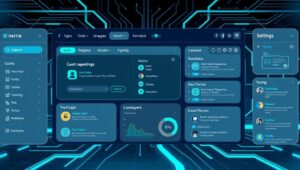May 29, 2025
The Rise of Internal Developer Portals (2026)
The Rise of Internal Developer Portals (2026) In the fast-evolving landscape of software development, efficiency and streamlined workflows are paramount. As we move into 2026, the Internal Developer Portal (IDP) has emerged as a pivotal solution for organizations aiming to optimize their development processes. What is an Internal Developer Portal? An Internal Developer Portal is a centralized platform designed to provide developers with a single pane of glass for accessing all the tools, resources, and information they need to build, deploy, and manage applications. It abstracts away the complexities of the underlying infrastructure, allowing developers to focus on writing code












